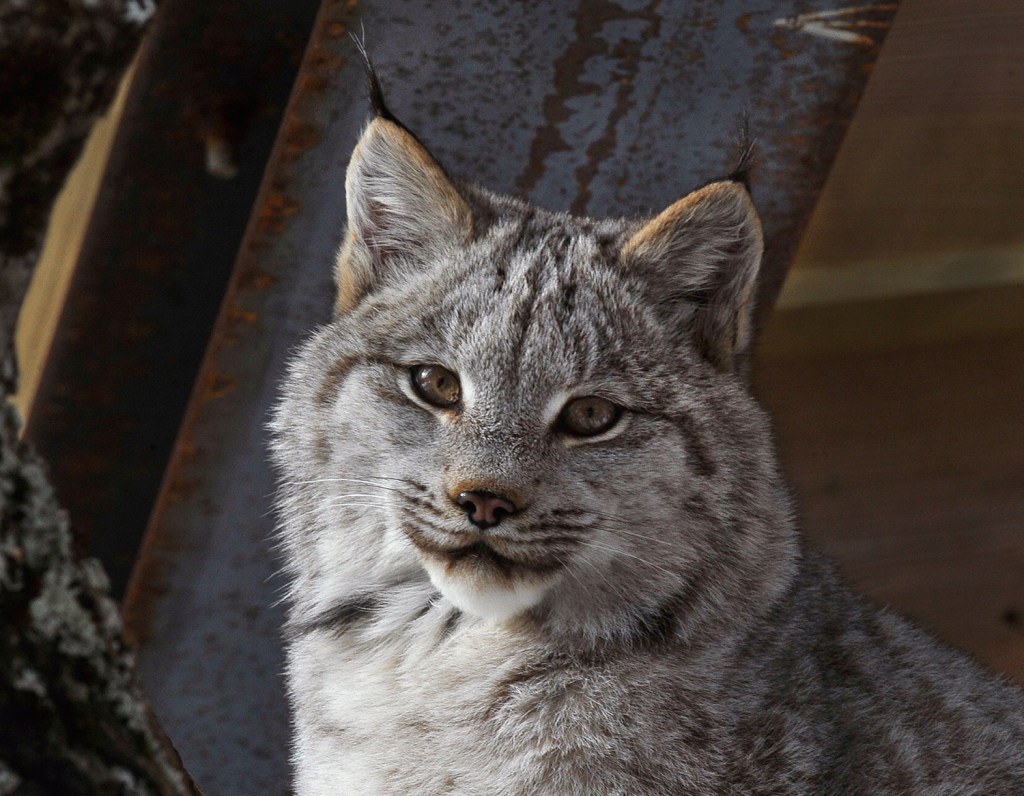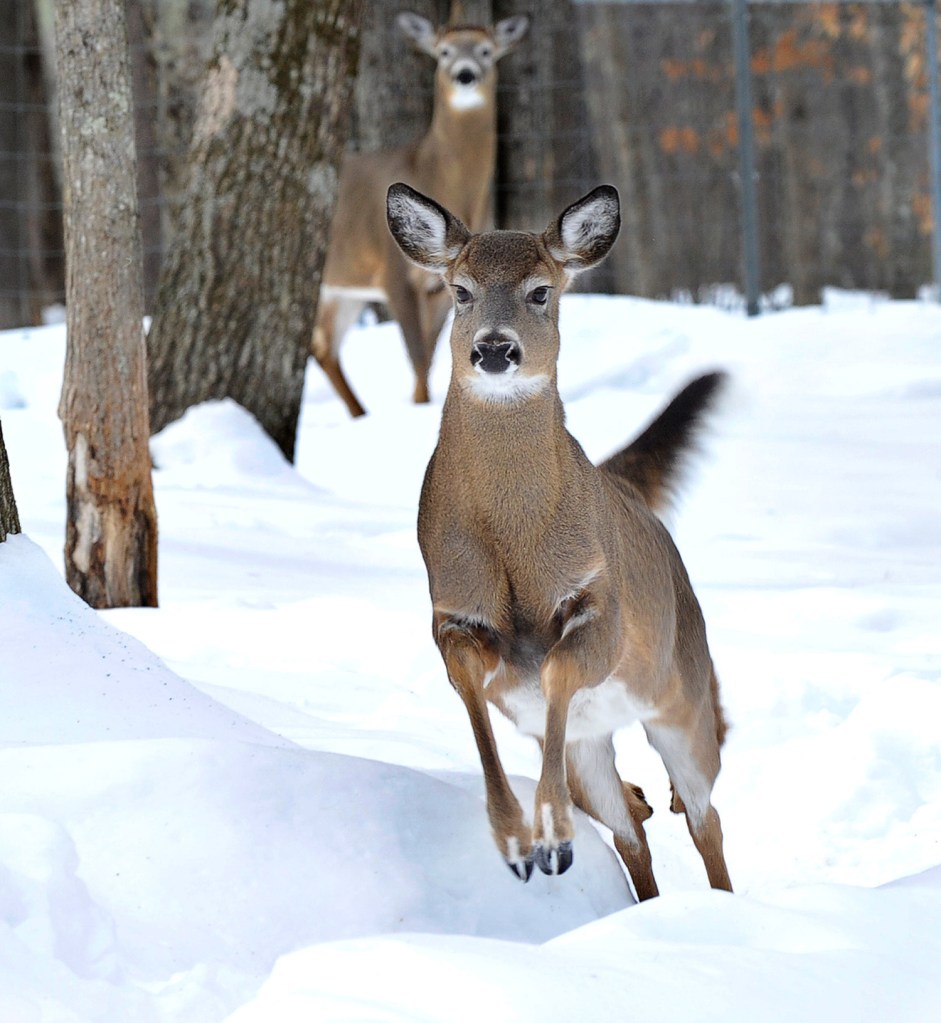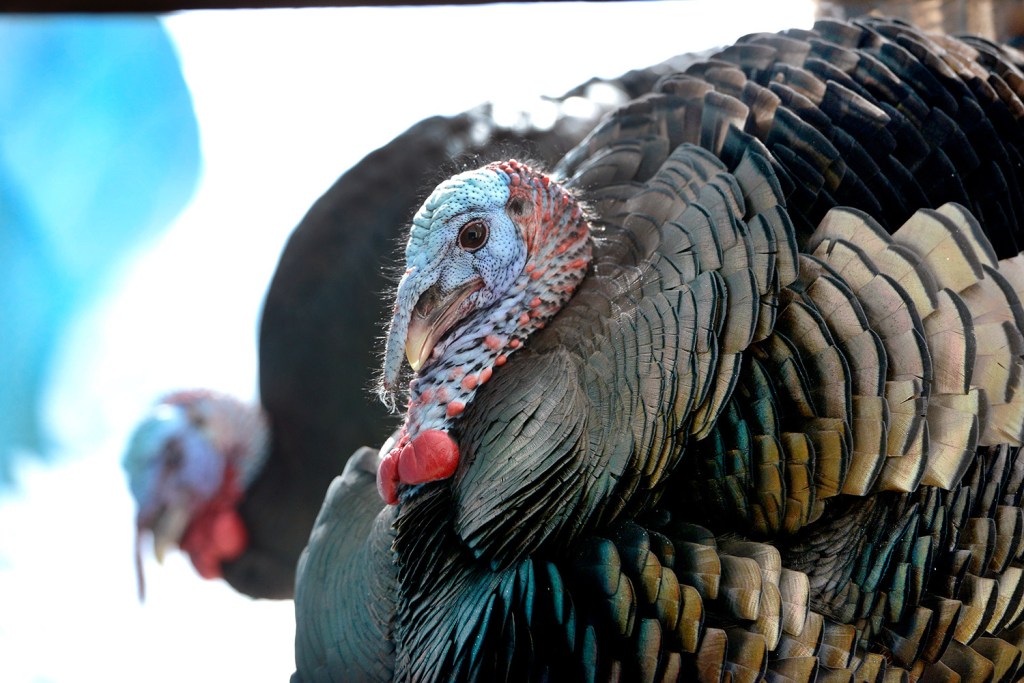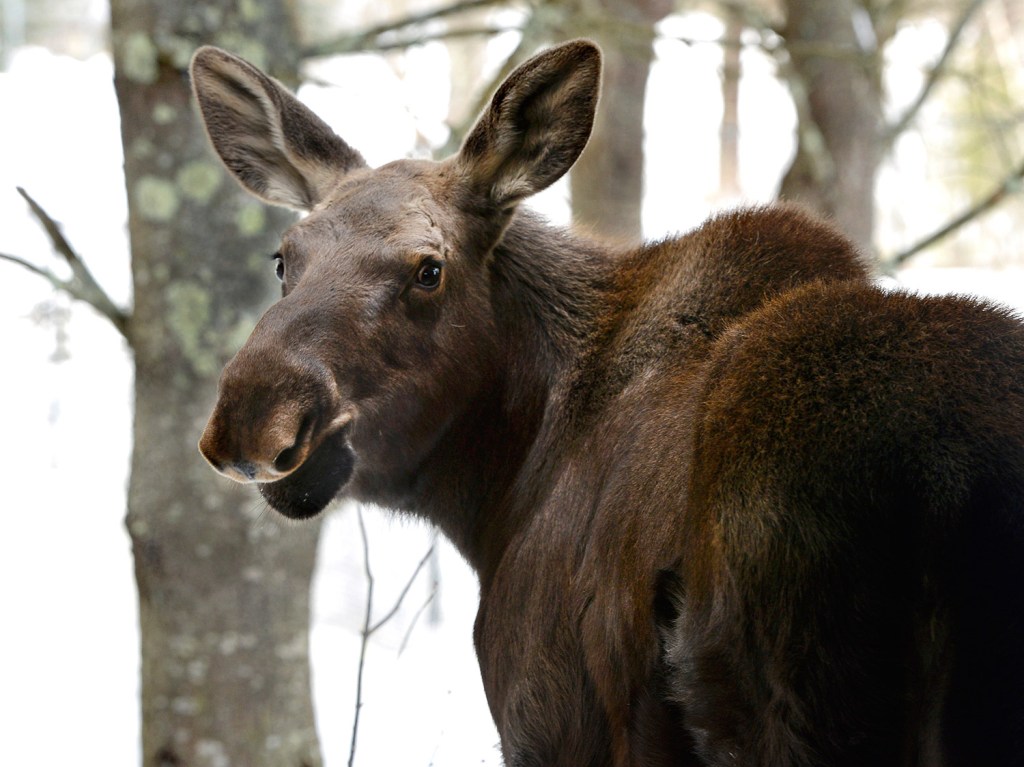Record-setting cold and massive snow depths are taking a toll on some of Maine’s wildlife.
The harsh weather has led to high mortality rates for ruffed grouse and has been perilous for other birds, such as northern saw-whet owls and wild turkeys.
Other wildlife species, however, such as Canada lynx and the chickadee, are proving resilient, and biologists say it’s too early to tell what impact the winter will have on some animals, such as the white-tailed deer.
This month is likely to go down as the coldest February in Portland and the coldest ever in Bangor, according to the National Weather Service in Gray.
In Portland, where the weather service has kept records since 1941, this month is on track to break the all-time record set in 1979 for the coldest average temperature in February (15.6 degrees). As of Saturday, the average monthly temperature was 13.9.
The all-time coldest average monthly temperature for Bangor for any month is 8.4, set in January 1994. Bangor’s average temperature in February as of Saturday was 6.1 degrees. Records have been kept there since 1926.
The snowpack, meanwhile, remains deep across most of the state: as of Saturday, 25 to 30 inches in York and Cumberland counties, 35 to 40 inches along the midcoast and 50 to 75 inches in much of Penobscot and Washington counties, according to data from the National Oceanic and Atmospheric Association.
And the snowpack may not diminish anytime soon. NWS meteorologist Tom Hawley said temperatures are expected to remain below average for the next two weeks.
That raises concern for the white-tailed deer herd, according to state biologists, who say snow depth and the length of the winter are the greatest factors in deer mortality.
State biologists each winter measure snow depth and temperatures at 29 test sites around Maine. Based on the data gathered from those sites biologists come up with a winter-severity index for deer. That index won’t be calculated for another two weeks, but biologists already are worried.
“What we’re experiencing when we go to check weather stations is snow that is waist-deep,” said Kyle Ravana, Maine deer biologist with the Department of Inland Fisheries & Wildlife. “That takes a toll on a deer when it’s trying to move.
“What I’m hoping right now is that it will not be a late winter, that it will not extend into April.”
No matter how long and harsh this winter turns out to be, Ravana said it will not affect the deer population for long.
“Deer are resilient. The population will bounce back relatively quickly,” he said.
Some animals that have been part of Maine’s landscape for centuries are struggling.
A state study on radio-collared ruffed grouse that began in August has shown 59 of 106 grouse have died so far, said state bird biologist Brad Allen.
Other game bird species are worrisome as well.
“I’m very concerned for the wild turkey,” Allen said. “This deep snow in particular is hard on them. This winter is different because the snow has been so powdery, they can’t dig down for food. And (the winter has) been long.”
Maine Audubon naturalist Doug Hitchcox said a dozen reports have come in to his office indicating that the northern saw-whet owl is struggling.
“People are seeing them in their yards, roosting in their sheds, coming to bird feeders. Basically they’re sitting on the feeder waiting for mice to come in to the seed,” Hitchcox said. “We’ve had at least five dead owls either brought in to us or reported. The thick snow makes it tough for them to find prey.”
Another animal commonly brought in to wildlife rehabilitators is the Virginia opossum, often suffering from frostbite on its paws. The animal is not native to Maine and is ill-suited to its colder climate.
“They’ve just marched northward because of suburban sprawl. They were not here historically,” Hitchcox said.
However, not all wildlife in Maine are suffering.
The black bear and Canada lynx are just two examples of animals well-adapted to a frozen landscape.
State black bear biologist Jennifer Vashon said ample snow provides insulation to the bear’s den during hibernation.
And Canada lynx, with their big paws, are perfectly adapted to walk on snow, no matter the depth. Moreover, its chief prey – the snowshoe hare – also is adapted to move quickly over deep snow.
“Winter is still a stress on any animal,” Vashon said. “Still, some are better adapted than others.”
Then there is the moose, the Maine state animal. Moose, which are at the southern end of their habitat range in Maine, do well in tough winters because of their long legs and thick coats.
However, state moose biologist Lee Kantar said moose calves could prove another victim of this winter.
“Most moose go into winter with certain fat reserves, but calves do not,” Kantar said. “Certainly there will be some mortality that is above normal. But it’s all yet to be seen. March and April are big, big months.”
Meanwhile, the toughest winter travelers here can be among the smallest.
The black-capped chickadee has proven a champion of winter. The bird’s feather is designed to have a downy-like layer at the base that, when fluffed up, traps in warm air. It also can drop its metabolic rate so it doesn’t have to expend as much energy in the cold.
The bird’s winter survival mechanisms are many. There’s a reason it is the state bird.
“Specifically one of the most amazing things about them is they actually have the ability to increase their brain size … to remember where they store seeds, ” Hitchcox said. “And it’s an amazing number, something on the order of 100 places. And research shows they do actually remember. They’re not just stumbling upon the seeds.”
Staff Writer Beth Quimby contributed to this report.
Copy the Story Link
Send questions/comments to the editors.







Success. Please wait for the page to reload. If the page does not reload within 5 seconds, please refresh the page.
Enter your email and password to access comments.
Hi, to comment on stories you must . This profile is in addition to your subscription and website login.
Already have a commenting profile? .
Invalid username/password.
Please check your email to confirm and complete your registration.
Only subscribers are eligible to post comments. Please subscribe or login first for digital access. Here’s why.
Use the form below to reset your password. When you've submitted your account email, we will send an email with a reset code.